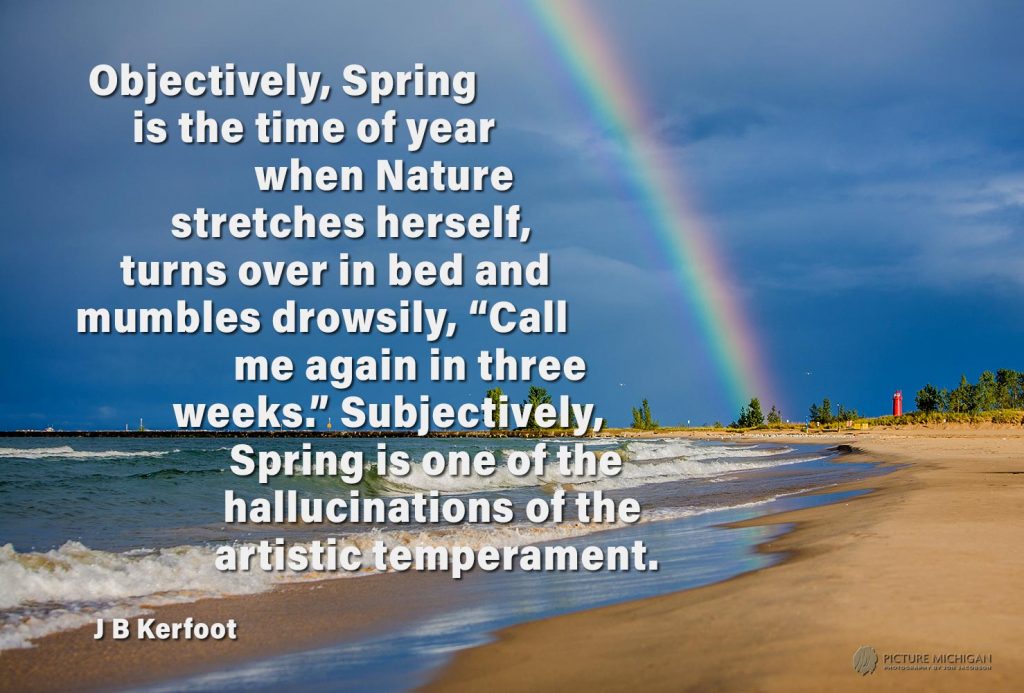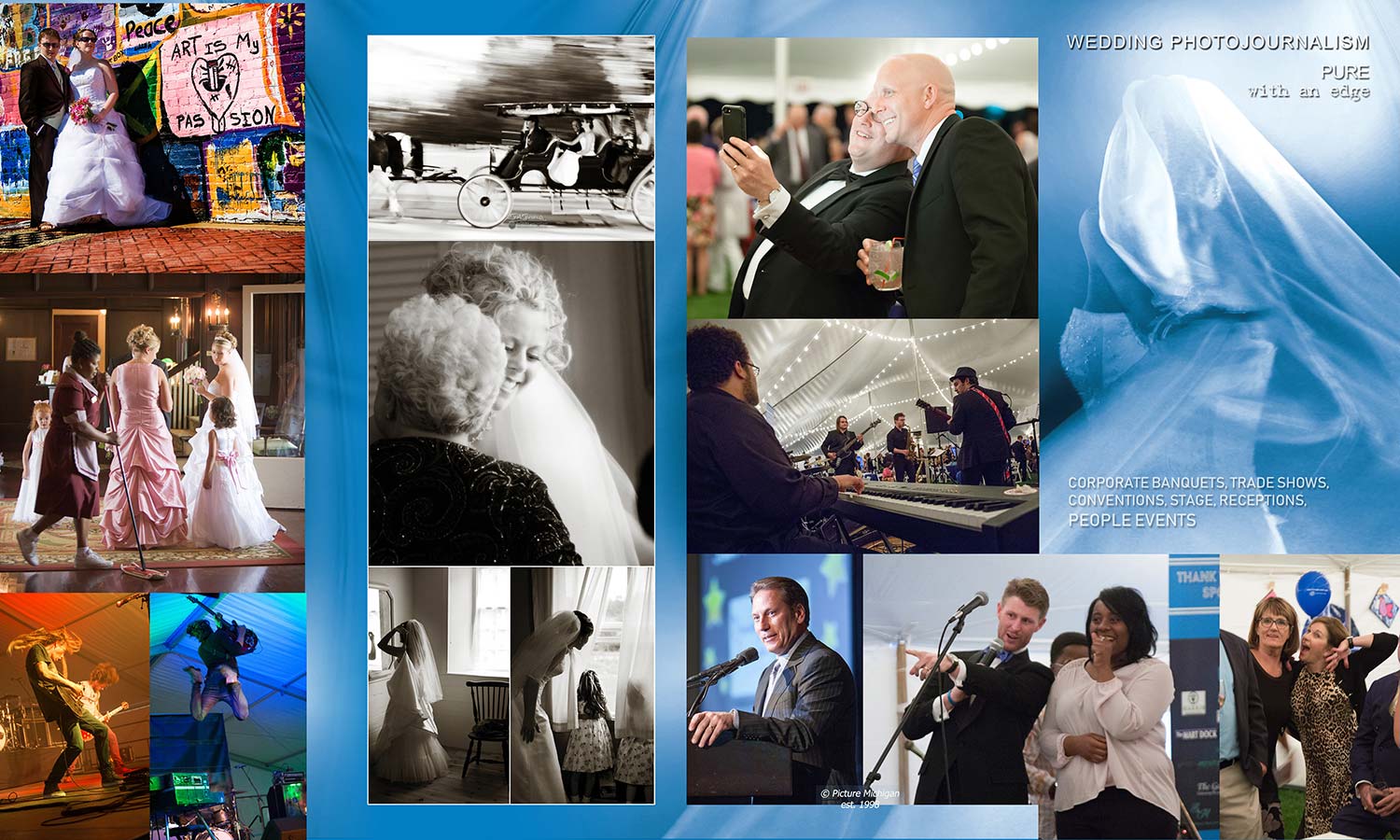The following essay originally appeared in CAMERA WORK, April 1905, written by J B Kerfoot.
Spring has come. Two robins have been reported near Philadelphia, the note of the bluebird is heard in the land, and pneumonia is in full bloom.
We must not, however, lose sight of the fact that there are two kinds of Spring, subjective and objective, the kind described in the advertisements and the variety actually furnished by the procession of the equinoxes.

Objectively, Spring is the time of year when Nature stretches herself, turns over in bed and mumbles drowsily, “Call me again in three weeks.” Subjectively, Spring is one of the hallucinations of the artistic temperament.
The artist may be either a poet, or a painter, or a photographer. It makes no difference (even a photographer, you know, may have a temperament), and each in his own way has helped to spread the pleasant superstition.
Your poet always was an uncertain creature. When he sings most feelingly of feasts you may be sure that he has dined on beer and a rye sandwich; and as for that lovely lyric on the joys of curds and a cottage, the inspiration for it lay for ten years in bottle in the cellars of Rheims.
Poets, indeed, like dreams, go by contraries, so that you may put it down that the Ode to Spring was inspired by a particularly odious day in late January and that April found the author sneezing in damp boots and a raincoat and dreaming of the balminess of June. If for many years, while men still read poetry, it was the popular notion that the seasons had changed or that the particular climate under which it was one’s misfortune to have been born differed, vernally, from that of the Lake Country, we can easily place the blame and, since the Return to Nature, we know better.
Even Thomson, the poetic authority on seasons in general, had his moments of disillusionment. When he cried impatiently, “Come, Gentle Spring! Ethereal Mildness! come.” it must have been getting on toward the end of April.
“In the Spring,” says the poet, “the young man’s fancy lightly turns to thoughts of love.” You might know a poet said that. To begin with, with apartments at three thousand a year and the Beef Trust eking out a miserable two percent on porterhouse steaks, a young man, unless he is artistic and unpractical, does not at any season turn his thoughts lightly to love. It is too expensive. And then, in Spring, your well-balanced young man has other fish to fry. He is busy rubbering for his goloshes and wondering whether or not to wear his winter-overcoat when he leaves home mornings, and his thoughts are turned to the uses of sarsaparilla and the latest discoveries in cold cures.
And your painter is no less imaginative. Like the poet he is an impressionist — that is to say, he shows us the world not as it is but as he feels that the good God might have made it had he been educated in Paris. And to give him credit, he sometimes so persuades himself by his own preaching that, going out absent-mindedly to paint Spring pictures in March, he dies of a chill and thereby vastly enhances the value of his past output. And even the photographer (who, as we have seen, may also have a temperament) is sometimes known to print his bleak fall landscapes through the glass and to dream dreams.
Since then it appears that either Art is a Spring madness or that Spring is an Art madness, and since as wise men it behooves us to look facts in the face while as artists we must preserve our ideals, let us agree to worship Spring nine months in the year and the other three we can pass in what forgetfulness we may, taking stock, practicing philosophy and, withal, keeping our feet dry and our souls from mildew.
J. B. Kerfoot

